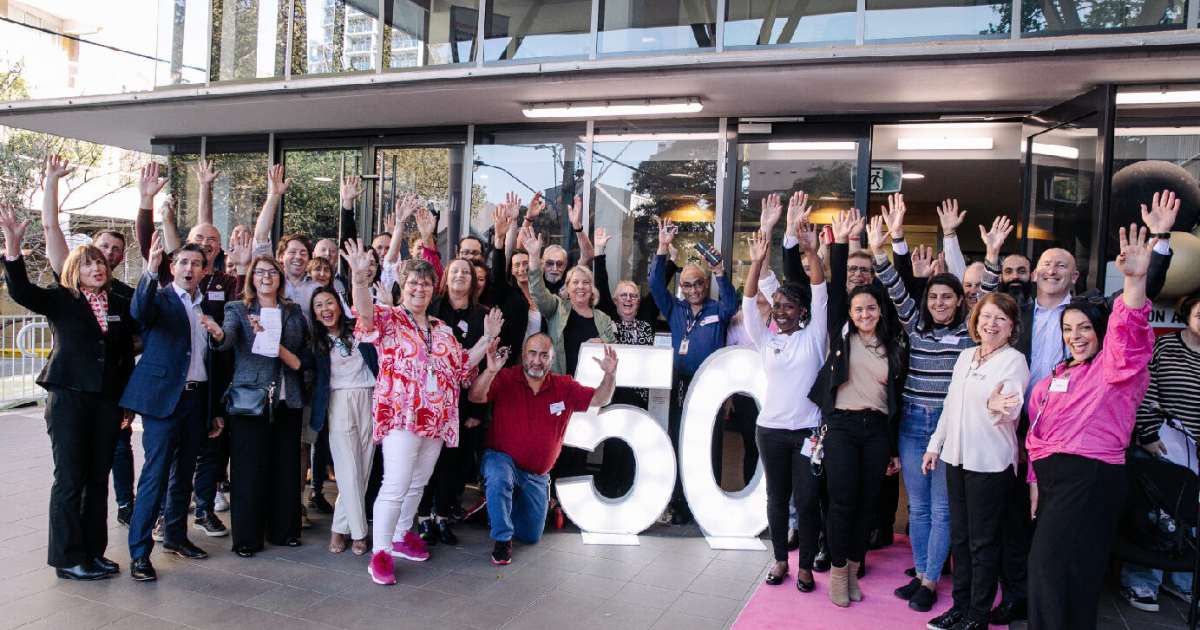7 myths about homelessness in Australia
When people think about others who are homeless in Australia, the images that come to mind aren’t always accurate.
Here are seven common myths and misconceptions surrounding homelessness in Australia, and the truths behind them.
Myth 1 Our homeless community is made up of middle-aged men.
People of all ages and backgrounds — including women, children, families, young people and older people — can become homeless.
One in four people (or 28,204 people) who experience homelessness in Australia are between the ages of 12 and 24 years. There are also around 17,600 children under 12 who are homeless on any given night. This has increased by 11% over the last five years.1
In 2023-24, around 60% of people seeking support (or 167,205) from specialist homelessness services were women.2
Myth 2 Homeless people sleep on the street.
It's not traditionally what we think homelessness looks like but in reality, only 6% of people who are homeless are sleeping rough in public places such as sleeping in parks, bus shelters, abandoned buildings or shop doorways.1
The majority experience hidden homelessness which includes; ‘couch surfing’, moving between shelters, living in overcrowded dwellings or sleeping in cars.

Myth 3 Being homeless is a choice.
Domestic violence is one of the main reasons people seek help from a homeless service. Every week, women across Australia, often with children, escape abusive partners with nowhere to go and no other option.
Other social, economic and health-related factors; shortage of affordable housing, financial problems, relationship issues, unemployment or illness can also push people out of their homes.
Myth 4 Homeless people just need to get a job.
Homelessness can be triggered by a range of factors and circumstances that are outside of our control. In Australia, around 3,000 people seek help from homelessness services every hour. In 2023-24, over a quarter (26%) of people who received support from specialist homelessness services identified family and domestic violence as the main reason for needing help.2 For many families, the cost of living crisis and lack of rental affordability can force many to the brink of homelessness.

Myth 5 Homelessness is simply about physical housing and 'rooflessness'.
Homelessness is not just about a lack of shelter. The experience of homelessness can have significant effects on an individual's self confidence, mental health, emotional wellbeing and relationships.
Breaking the cycle of homelessness in someone's life requires a holistic approach. We aim to support vulnerable people at risk of homelessness—not just during a crisis—but throughout their journey towards independence.
Mission Australia provides individuals with the wraparound support to find a safe home and to thrive. This can include a range of services that support people to address mental health challenges, reengage with education, employment or training, overcome alcohol or drug dependencies, and learn skills to maintain a tenancy and thrive in the community.
Myth 6 Homelessness will never happen to me.
Life can be unexpected and full of circumstances outside of our control.
Homelessness in Australia caused by domestic and family violence, sudden life triggers such as job loss, illness or the loss of a loved one, or the lack of affordable and social housing.
The high cost of rental housing combined with the lack of affordable housing options, particularly for low-income earners, can also force many families and individuals out of their homes. Without the right support networks, anyone can be at risk of homelessness.

Myth 7 We will never solve homelessness.
Social and economic factors contribute to the problem of homelessness in Australia. However, Mission Australia's work is making a big difference. In 2024, Mission Australia assisted 23,441 people through 82 homelessness services. Our housing services also helped 7,740 people who now have a safe place to call home.3
Only together can we break the cycle of homelessness in Australia.
Know someone affected by domestic and family violence?
If you are experiencing abuse or violence it is not your fault. There are support services that can help you. If your life is in danger, call 000. For 24/7 domestic violence counselling call the National Sexual Assault, Family & Domestic Violence Counselling Line on 1800 RESPECT (1800 737 732).
Where to get help
Acknowledging that one of your relationships may be unhealthy or potentially harmful can be overwhelming to cope on your own. It can also be difficult to see the bigger context when trying to look at a relationship outside of our own lens. Whether it’s a relationship you need help navigating, a behaviour you want to change or advice to support a loved one involved in an unhealthy relationship, reach out to:
- If your life is in danger, contact emergency services on 000 immediately.
- Lifeline —13 11 14 or chat online.
- MensLine Australia —1300 78 99 78.
- Relationships Australia — 1300 364 277.
Source:
1ABS (2021) Census of Population and Housing: Estimating Homelessness
2AIHW (2024) Specialist homelessness services annual report 2023-24
3Mission Australia Annual Report 2024
Related news and stories
Read about what we’ve been working on, our stance on important social issues and how you make a difference to vulnerable Australians' lives.

Three priorities at the 2025 Federal Election

From fear to freedom: Cass’ story

Women helping women: Karla’s story

Helping older women find safe homes

Celebrating 50 years of helping people in Surry Hills

